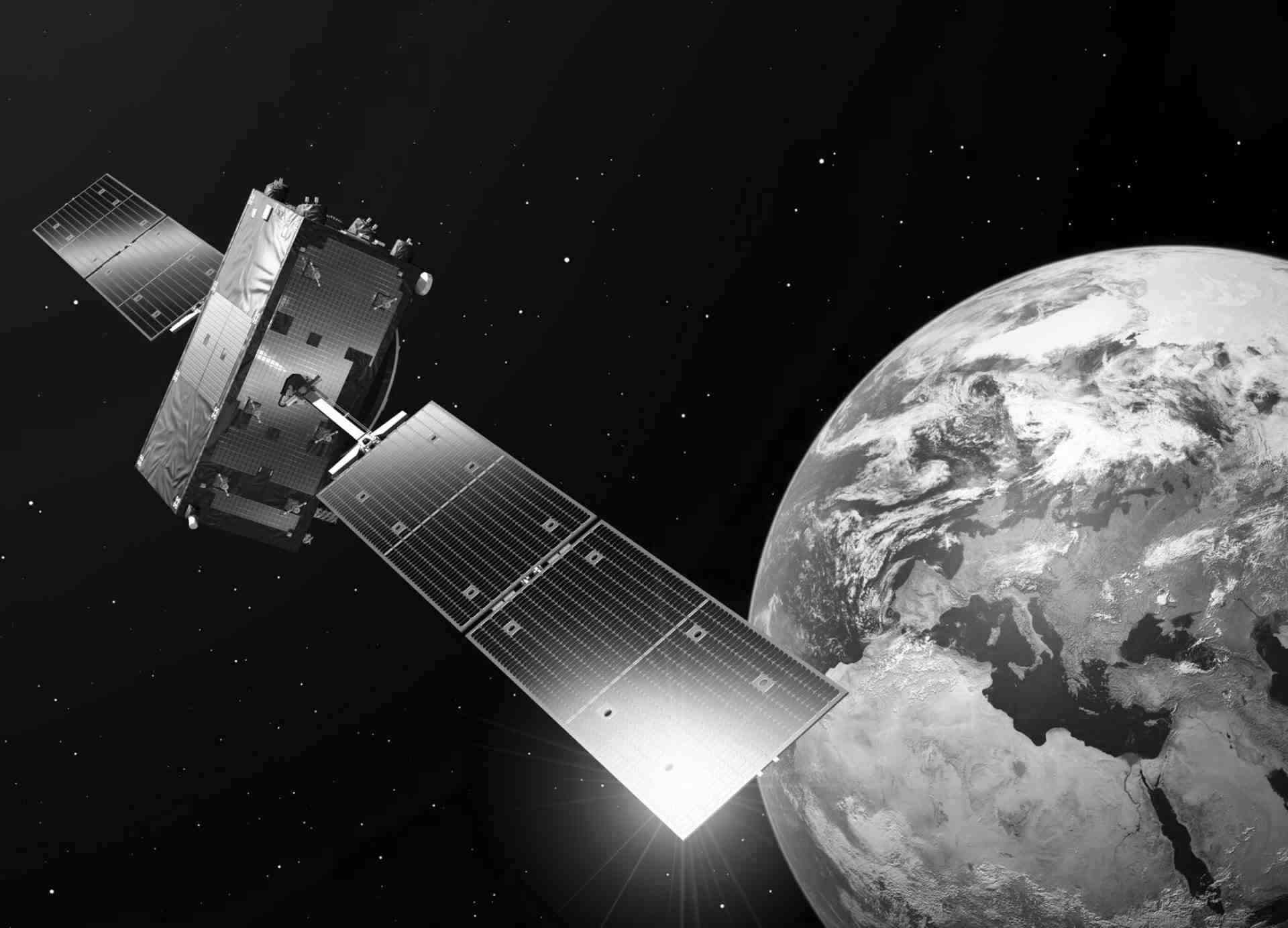Computing Services
CloudFerro provides Computing services for CREODIAS on 4 public clouds - WAW3-2, WAW3-1, WAW4-1 and FRA1-2. Although each of these clouds is fully separated and can operate independently they share the same billing and user management. All public cloud instances have the same level of access to EODATA. In each cloud user can run similar services but they may have different prices depending on instance location.
Virtual Machines
Virtual Machines (VMs) are fully functional computational instances. They operate as if they were real physical entities with all the elements of a physical server. A user obtains his VM with full root access. He can fully manage it and install any software he has and needs.
CREODIAS Users can use Virtual Machines (VMs) by defining their different parameters and characteristics, including machine type (physical or virtual), RAM, CPU (vCores), Storage quantity and type, Operating System, middleware components, Virtual Networks connected to the machine.
Users determine the characteristics of a newly provisioned VM by selecting its Flavor and base image.
All the VMs come fully configured (based on the image selected) and ready-for-use, with an administrative User account, network access, preconfigured toolboxes and software components. Volume Storage may be attached to running VM-s to extend the storage space available. VMs can be started, stopped, rebooted, paused, suspended and snapshotted. Live backup functionality is also available, including server quiescing. VMs may also be attached to Virtual Networks. Virtual Networks may be system-defined or User-defined.
System defined networks include:
- Internet network used to access the global internet
- the EO Storage network available in Projects/Environments that are allowed access the EO Storage
Virtual Machines provisioning
Users may utilize VM-s and other cloud Resources using the EO Cloud Dashboard, the REST API, a command line client or the Openstack Orchestration scripts (Heat). VMs can be connected to the network using virtual interfaces.
Virtual Machines billing
The VMs can be billed in monthly or longer quanta (Fixed Term Mode) or per hours of usage (Per Usage Mode). Users may also temporarily shelve their VMs based on persistent storage, paying only for the persistent storage space they occupy.
Dedicated Server Virtual Machine
Dedicated Servers are special VMs. Each DS is a virtual machine that fills the full computing machine (hypervisor server). There are no other VMs in this server. So a User of an DS has a full physical server for his own use. Additionally SVMs are equipped with very efficient SSD disks installed in pass through mode. This way full capacity and speed of those disks can be utilized. DSs are a perfect solution for everybody who wants to have efficiency and independence of Baremetal Servers but simultaneously wants to utilize all the elements of the OpenStack cloud platform. For details – see DS flavor list below.
Dedicated Server provisioning
DS can be provisioned in exactly the same way as standard VMs. Users may utilize DS-s and other cloud Resources using the CREODIAS Dashboard, the REST API, a command line client or the Openstack Orchestration scripts (Heat). DSs can be connected to the network using virtual interfaces.
Dedicated Server billing
The DSs are billed in exactly the same way as standard VMs.
Kubernetes (containers)
Containers are isolated, portable environments where one can run applications along with the libraries and dependencies they need. Containers are not VMs. In some ways they are similar, but there are even more ways that they are different. Like VMs Containers share system resources for access to compute, networking and storage. They are different because all containers on the same host share the same Operating System kernel and keep applications, runtimes and various other services separated from each other using kernel features known as namespaces and groups. Docker added the concept of a container image which allows containers to be used on any host with a modern Linux Kernel. The Container image allows for much more rapid deployment of applications than if they were packaged in a VM image.
Kubernetes provisioning
You can run Kubernetes on WAW3-1, WAW3-2 and FRA1-2 which has Kubernetes support built-in (OpenStack Magnum module).
Kubernetes billing
The Containers billing depends on the billing of the underlying infrastructure. The VMs creating a cluster are billed as described in the section on VMs.

